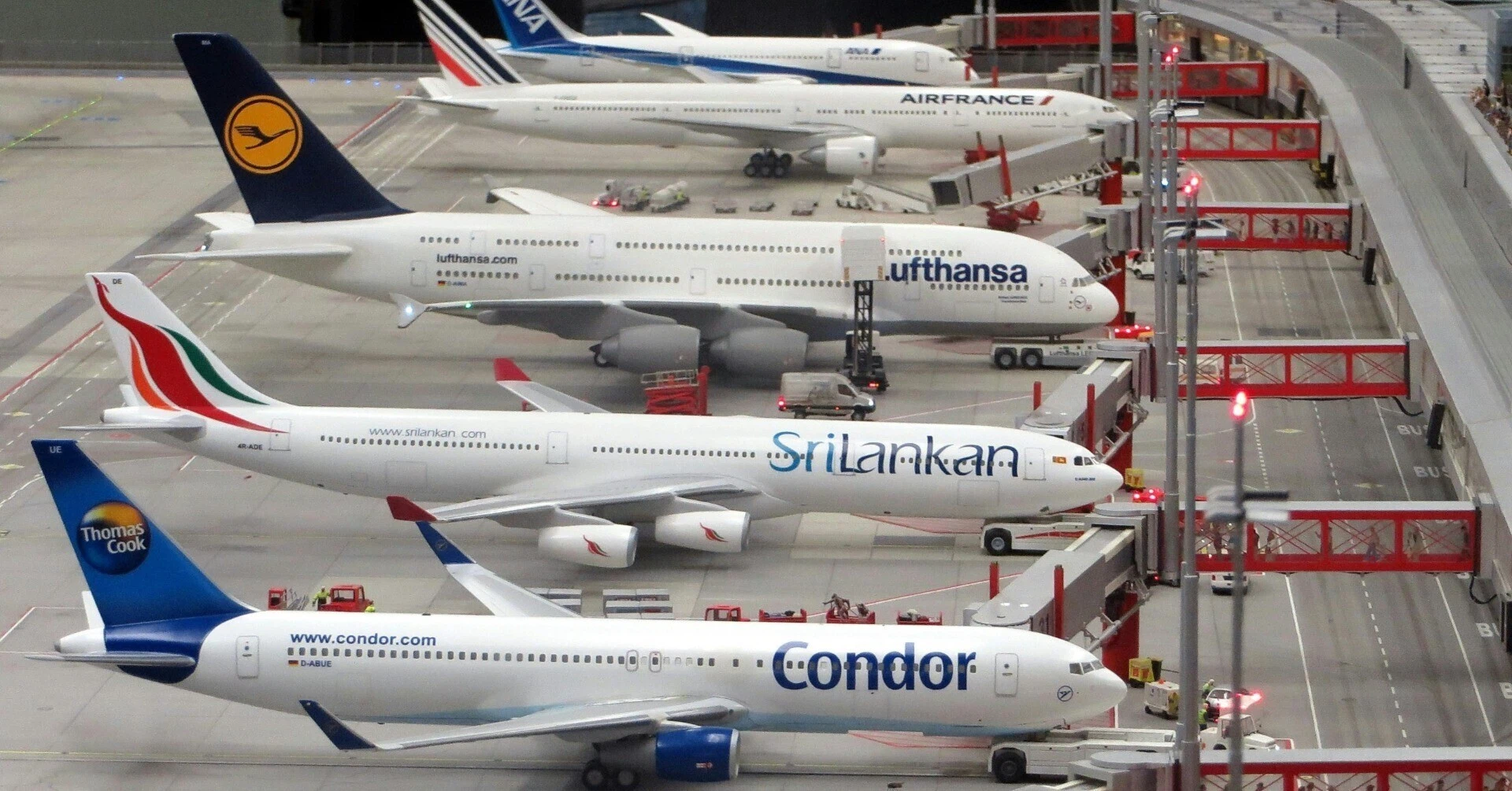
― The “Direction of Responsibility” as Seen in JAL and ANA ―
■ Different Ways of Showing Responsibility, Even While Flying the Same Sky
When it comes to Japan’s leading airlines, Japan Airlines (JAL) and All Nippon Airways (ANA) are the two most recognized names. Both are well known for their high-quality service, but the way they demonstrate responsibility in operational decisions differs significantly.
JAL tends to cancel flights earlier in cases of worsening weather. This reflects a mindset that fulfilling responsibility toward customer safety and schedules means “avoiding risks.” While disruptions to plans are inevitable, early decisions allow customers more time to consider alternative arrangements.
On the other hand, ANA follows a policy of continuing operations as much as possible. By carefully assessing weather and conditions, ANA feels a sense of responsibility in “flying as long as it is feasible.” By delaying decisions until the last possible moment, the company aims to protect customers’ travel plans as much as possible.
■ “Safety” and “Flexibility” — Two Different Approaches to Responsibility
Both airlines act responsibly, but their directions differ: risk avoidance (JAL) versus maximizing opportunities (ANA). JAL prioritizes “preventing even the slightest chance of an accident,” offering peace of mind and predictability as part of its brand value. Even if some inconvenience arises, its corporate stance is expressed through early announcements and providing alternatives—taking proactive measures. ANA, meanwhile, feels responsible for “exploring every possible option until the very end.” By placing challenge and flexibility at the core of its brand, ANA strives to minimize disruption to customers’ travel. Its determination to “never give up until the last moment” itself becomes the foundation of trust.■ How This Appears in Brand Strategy
These different approaches are clearly reflected in marketing messages.- JAL emphasizes “safety, trust, and stability,” promoting stress-free travel, reliable planning, and calm service.
- ANA emphasizes “challenge, possibility, and flexibility,” highlighting its use of technology and its ability to meet diverse customer needs.
